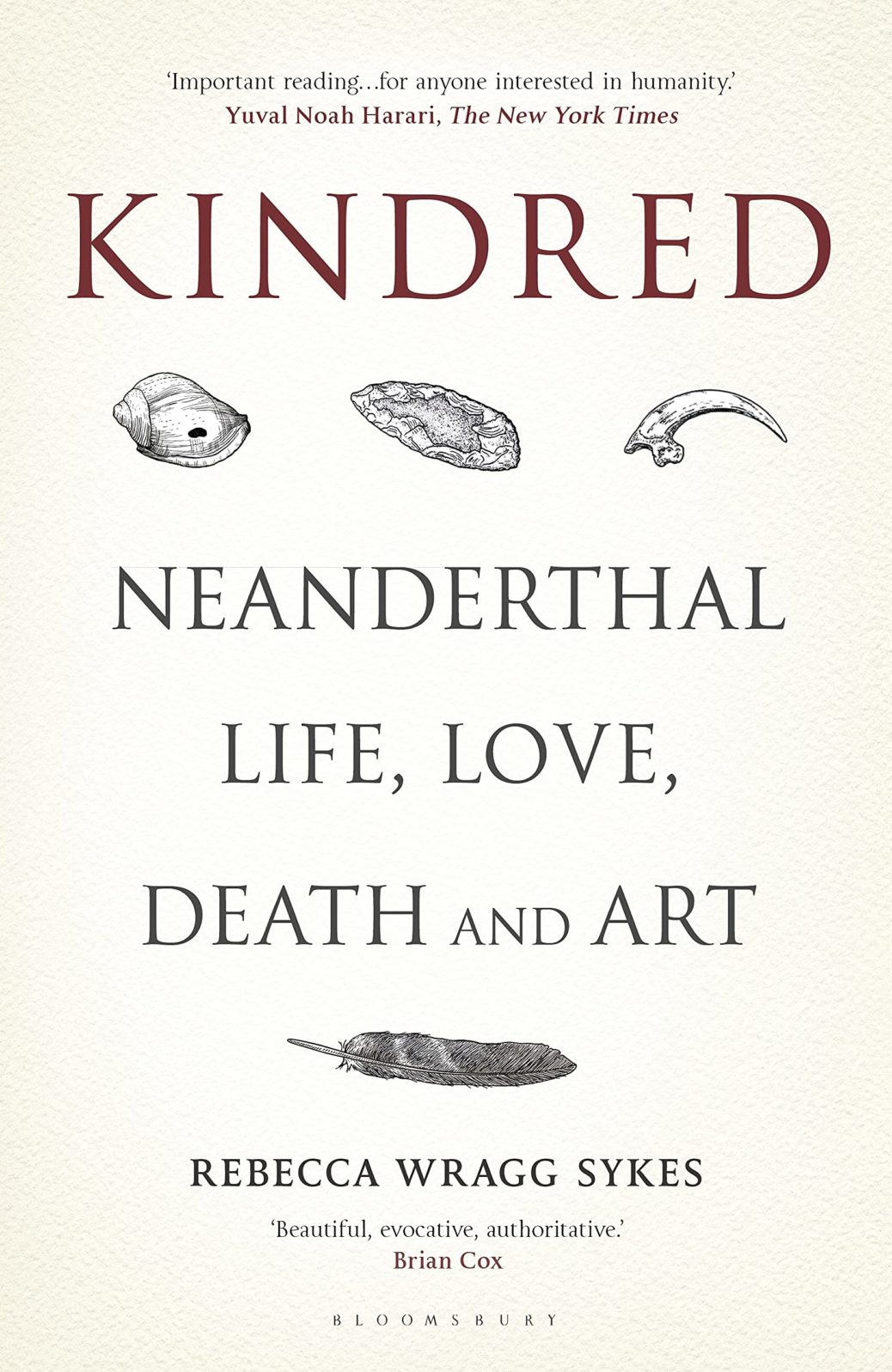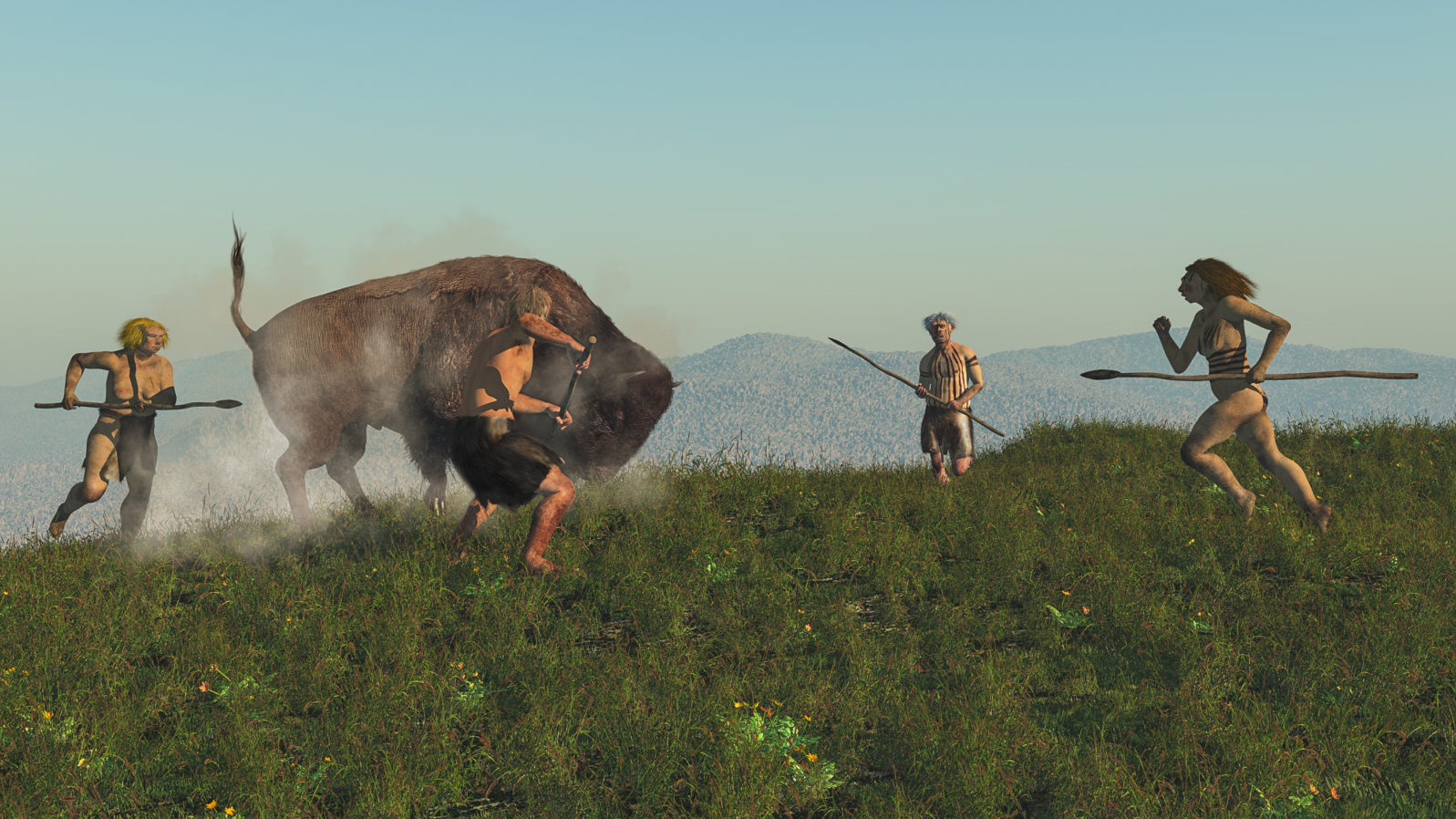Smoke and Drink Too Much? Blame Neanderthal Man!
Besides passing on addictive habits, if you believe a study of casts from fossil skulls, our Neanderthal ancestors couldn’t meditate either…This from a recent DNA analysis study:
Around 40% of the Neandertal genome can still be found in present-day non-Africans, and each individual still carries ~2% of Neandertal DNA. Some of the archaic genetic variants may have conferred benefits at some point in our evolutionary past. Today, scientists can use this information to learn more about the impact of these genetic variants on human behaviour and the risk of developing diseases.
Using this approach, a new study from an international team led by researchers from the University of Tartu, Charité Berlin and the Amsterdam UMC analysed Neandertal DNA associations with a large variety of more than a hundred brain disorders and traits such as sleep, smoking or alcohol use in the UK Biobank with the aim to narrow down the specific contribution of Neandertal DNA to variation in behavioural features in people today.
The study found that while Neandertal DNA showed over-proportional numbers of associations with several traits that are associated with central nervous system diseases, the diseases themselves did not show any significant numbers of Neandertal DNA associations. Among the traits with the strongest Neandertal DNA contribution were smoking habits, alcohol consumption and sleeping patterns. Using data from other cohorts such as the Estonian Biobank, the Netherlands Study of Depression and Anxiety, FinnGen, Biobank Japan and deCode, several of these results could be replicated. Of specific note were two independent top-risk Neandertal variants for a positive smoking status that were found in the UK Biobank and Biobank Japan respectively.
Estonian Research Council, “Neanderthal DNA might be linked to smoking, drinking, sleeping patterns in modern humans: study” at Eurekalert (October 6, 2022) The paper is open access.
So. Neanderthal man, long extinct as a separate human group, now explains why we smoke and drink to excess… How handy. And who can refute it?

Recently fossil scientists have also suggested, based on their research, that Neanderthals couldn’t meditate. But wait. How can we know that from fossil skulls, given that the mind–brain relationship is unclear even in currently living human beings? Do you know if your next-door neighbor can meditate? Does your cube-sharing co-worker know if you can? Really?
The interesting thing is that, over the years, Neanderthal man — once just a brute — has actually gotten smarter. That’s not because he has changed. It’s because we know more than we used to about our ancestors. It would be nice to think that it is also because we are less arrogant now but that would be very much harder to prove.
Here is a time line of interesting information come to light:
2014: “In the past, some researchers have tried to explain the demise of the Neanderthals by suggesting that the newcomers were superior to Neanderthals in key ways, including their ability to hunt, communicate, innovate and adapt to different environments. But in an extensive review of recent Neanderthal research, CU-Boulder researcher Paola Villa and co-author Wil Roebroeks, an archaeologist at Leiden University in the Netherlands, make the case that the available evidence does not support the opinion that Neanderthals were less advanced than anatomically modern humans. Their paper was published today in the journal PLOS ONE.” ScienceDaily The paper is open access.
2019 “These ice age Eurasians were skilled toolmakers and big-game hunters who lived in large social groups, built shelters, traded jewelry, wore clothing, ate plants and cooked them, and made sticky pitch to secure their spear points by heating birch bark. Evidence is mounting that Neanderthals had a complex language and even, given the care with which they buried their dead, some form of spirituality. And as the cave art in Spain demonstrates, these early settlers had the chutzpah to enter an unwelcoming underground environment, using fire to light the way.” – Smithsonian Magazine
Archeologist Rebecca Wragg Sykes published a book on Neanderthal man in 2020, Kindred: Neanderthal life, love, death and art, offering an up-to-date picture:
August 18, 2020 “Patterns of cut marks on skeletons show that Neanderthals favoured fat-rich brains, “as well as other juicy parts like eyeballs, tongues and viscera”, and prized marrow-filled bones. They ate rabbits, birds and fish, gorged on tortoises and slaughtered hibernating bears. Analysis of charred hearths in the Kebara Cave in Israel and elsewhere show that Neanderthals also nibbled on nuts such as acorns and walnuts, and ate fruits including dates and figs, as well as wild radishes, peas and lentils.” (Nature)
August 19, 2020 “We tend to ask questions like: were the circular stone assemblies discovered in a cave near Bruniquel in southern France in 2016 meant by their Neanderthal creators as monuments? What is the significance of the Neanderthal handprints and ladder designs painted on the walls of three caves in Spain?” (New Scientist)
October 2020 “Across the millennia are found traces of cultural practices that go way beyond survival. Neandertals incised a hyena bone in ways that suggest an early notation system. The application of color pigment to objects including shells and a geode apparently pleased Neanderthals’ aesthetic sense. ” (NPR)
2022 “Did Neanderthals think like us? We used to assume that our closest ancient human relatives, who lived in Europe and Asia for hundreds of thousands of years, were concerned only with survival. But in the past few decades we have discovered various things they made that had no clear practical purpose: a shell coloured with red pigment, a deer bone engraved with chevrons and a ring of stalagmites assembled deep inside a cave.” – New Scientist
Now if only Neanderthal man would just stop making us smoke and drink …
You may also wish to read: Why is Neanderthal art considered controversial? It makes sense that whenever humans started to wonder about life, we started to create art that helps us think about it. Science writer Michael Marshall reports that some researchers are accused of banning others from taking samples that would prove a Neanderthal was the artist.
